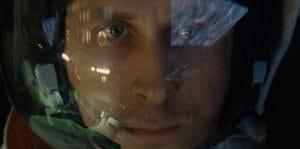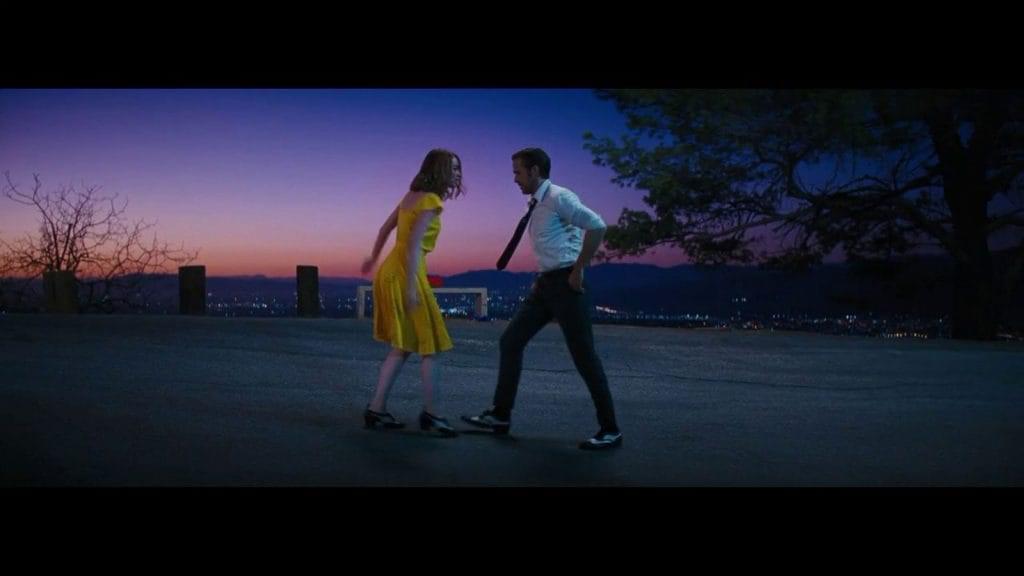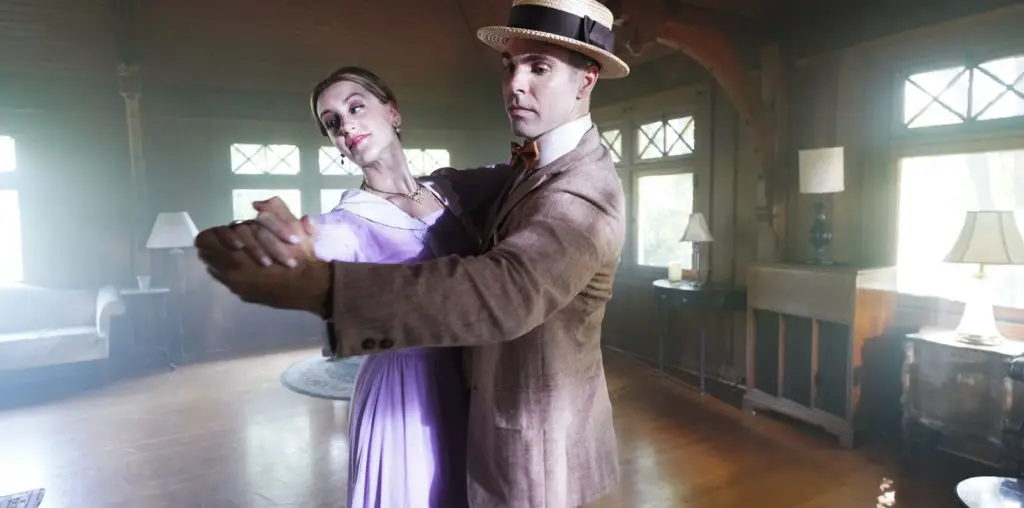
Humans setting foot on the moon may be the most widely known story in human history. Yet most people don’t know many of the details, or much about the first person to do this, Neil Armstrong. That’s partly because Armstrong was such a reserved guy. But more than that he tried to stay out of the spotlight, always insisting that the accomplishment was a team effort.
He was right. Eight of his friends and colleagues sacrificed their lives for the effort. Imagine so many of your friends dying, and you being the one everyone wants to praise. Dozens more risked their lives, and if accidents of fate had gone just a little differently, any one of them could be the one with all the fame and glory.
More broadly, hundreds of thousands of people contributed directly to this effort. Engineers built and tested rocket after rocket to continually push the envelope of the possible. The US military provided support and hardware. Scientists built a new knowledge base from every new piece of information from the frontier. Journalists explained the importance to the public. Politicians got together to push and oversee the effort, and indeed all Americans contributed financially to make it happen.
In First Man, director Damien Chazelle does something that would make Armstrong uncomfortable — he focuses as much on the man as the mission. That’s because the film was based on a biography of Armstrong by James R. Hansen and adapted by Josh Singer, known for The Post, Spotlight, and lots of work on TV.
Like Armstrong, I have mixed feelings about singling out just one person in this process. But the film won me over, for a few reasons. For a start, we’ve had it Armstrong’s way for 50 years, and most of the people he insisted share the spotlight are no longer with us. Second, the angle of a personal story may reach some who care more about that than the technical details. But most importantly, Armstrong was one of the most brilliant, most cool under fire astronauts, and he contributed mightily to the achievement. He’s gone and now is the time to tell this story while some of those who knew him well are still around to help get it right.
The film opens with no establishing shot — just Armstrong alone in a cockpit, seemingly about to shake apart. He’s in an X-15, an experimental rocket plane, but something’s going wrong. He’s above most of the Earth’s atmosphere, and bouncing off it, unable to get back. The scene is intense, and Armstrong is silent — all information being transmitted from ground control and Armstrong’s actions. That sets the tone for First Man, where Chazelle tells the story primarily from Armstrong’s exceptional actions under great stress, and the reactions of those around him.

“…now is the time to tell this story while some of those who knew him well are still around to help get it right.“
For the Gemini 8 mission, we follow him from the launch tower all the way up to his first trip to space. As he and co-pilot Dave Scott struggled to find the Agena target vehicle they were supposed to dock with, we still stay mostly with their limited view. This is not the typical way space movies are done. You’re supposed to have cutaways to show the drama and majesty of space travel. You’re supposed to give us the overview in an establishing shot. Sure there are downsides to Chazelle’s bold choice here, but the extraordinary advantage is that for the first time we feel like we’ve gone along for the ride to space. I’ve seen plenty of space films and documentaries, and I already knew Armstrong’s story, but I’d argue that this singular choice makes First Man thrilling in a way that no other movie has ever quite been able to achieve.
The one violation of this principle is to occasionally cut away not to mission control as would be customary, but to Armstrong’s wife Janet, played by Claire Foy. Some have complained about this, but I’d argue that it is important. Her worry underscores the drama, but more importantly, her struggle to raise the kids in their father’s absence is both an important contribution to the space program and illuminates aspects of Neil’s personality — not always positive ones. He’s presented not as simply a hero, but a complicated person. He withdraws at times of crisis. He’s not there emotionally, and often not physically, for his wife and family. They sacrifice a hell of a lot to help him succeed.
Throughout, Armstrong is presented as a pretty serious introvert and someone who shies away from emotion. In fact, one scene meant to signify emotion — him leaving a memento on the moon, is one of the few made up things in the film. He can seem extreme, but sometimes it takes extraordinary people to do extraordinary things. He almost died several times, and every time it was his complete mastery of technical details, calm under fire, and the singular focus that saved him, his colleagues, and the space program in general.
I talked to Rick Armstrong, one of his sons, and asked if this was an accurate portrayal of his father. He said it was at that time, though later in life his dad opened up considerably. He said his dad had a bit more of a sense of humor and empathy than we see on screen, but of course, when you’re making a film you have to make some choices.
Technically speaking, First Man is one of the most accurate movies ever made. The team got some of the original footage of the mission that was lost for years and used it to build higher resolution versions. They build giant screens to show the actual view outside the windows to get the lighting right. The exchanges between the astronauts and ground control (at least the ones I know well) are word-for-word perfect. The Gemini and Apollo capsules are realistic. When I was hosting the National Geographic show Known Universe, I got to both see astronaut training firsthand, and even sit in a Soyuz capsule, which isn’t that different from an Apollo one. Those things are incredibly claustrophobic, and First Man captures this better than any film I’ve seen.
I spoke to director Damien Chazelle, writer Josh Singer, editor Tom Cross, consultant Rick Armstrong, and others about their commitment to accuracy. They all indicated that it was extraordinarily important to them. They know that many people know all the details, and felt an obligation to get it right. They had editing passes with technical experts where they would fix things that weren’t quite right.
I’m not entirely sure how I feel about the choice of casting Ryan Gosling as Neil Armstrong. The tricky thing is that he doesn’t look all that much like Armstrong, and without a distinctive hairdo, there wasn’t much they could do about that. His performance has a silent intensity to it, though this is as much a directorial choice as anything else. In the end, I think he did a wonderful job, and I think his star power will draw new a new crowd into curiosity about space.

“Chazelle’s bold choice here…that for the first time we feel like we’ve gone along for the ride to space.”
There can be a tendency to see the lunar landings as unalloyed greatness. But they’re more complicated than that. They came at a great cost, both in terms of lives lost, and money spent, at a time when a much greater fraction of the US (particularly nonwhite Americans) were in poverty. We also only landed a few times and then left forever. And of course, only white males had a realistic shot at becoming an astronaut. I was glad to see that the film nods to these realities in several clever and historically accurate ways.
I’ve stayed away from reviewing the sound and visuals of the film, though they are arguably the most important parts. The NBC Universal publicists gave me a ticket to a screening in a playhouse in the back of the upper balcony where the screen was so tiny you could cover it with your cell phone, and the sound was two-channel, distant and muddled. (I asked for a ticket to the IMAX screening from them and the TIFF press office to no avail). I’ll refrain from rating the film until seeing it under better conditions.
Not everything in First Man is perfect. Claire Foy’s accent is inconsistent. Pushing Neil Armstrong to silence in many critical scenes stretches believability. But the worst offense is making up the idea that Neil Armstrong left a memento on the moon in order to humanize him. This film will be the definitive version of Neil Armstrong for many people and presents a very important segment of history. Not every plot point has to have a bow on it for the audience. The man landed on the god damn moon. You don’t need to gild that lily. First Man is at its best when it is recreating history accurately and dramatically, and for the most part, it does it spectacularly.
Finally, I want to say something about the idiotic “controversy” Fox News has been trying to manufacture the film not showing the planting of the flag on the Moon. Most of the people complaining about this have not seen the film. Just as in the NFL kneeling controversy these are people who care more about the symbols of the US than what those symbols actually represent.
It is abundantly clear in First Man that this was an extraordinary American achievement. But it is also bigger than that — it is a story for all of humanity. There are real reactions shown in the film from all over the world. The flag planted on the moon from Apollo 11 blew over when the LEM blasted off from the surface. The thing that will remain undisturbed for billions of years is a plaque. Instead of a flag, it has an image of the whole Earth, from two perspectives. It simply says, “HERE MEN FROM THE PLANET EARTH FIRST SET FOOT UPON THE MOON JULY 1969, A.D. WE CAME IN PEACE FOR ALL MANKIND.”




Andy! Nice review that motivates me to see the movie. Thank you!